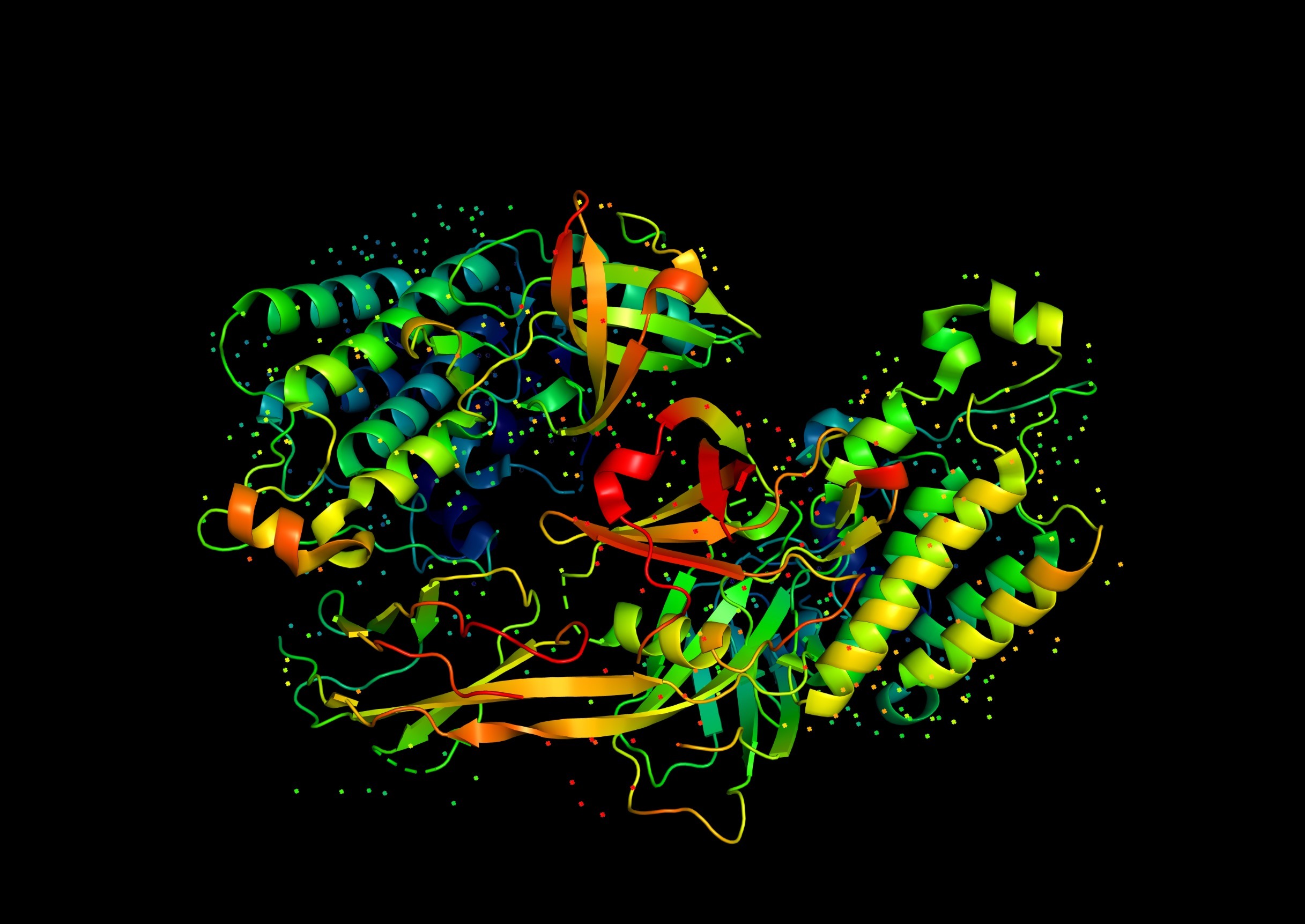Maize grain storage proteins are vital for the nutritional and functional properties of maize. These proteins are mainly classified into four groups based on their solubility:
- Albumins: Water-soluble.
- Globulins: Soluble in dilute salt solutions.
- Prolamins: Soluble in alcohol-water mixtures.
- Glutelins: Soluble in dilute acids or bases.
Among these, the prolamins, particularly zeins, are the most significant storage proteins in maize, accounting for approximately 50-60% of the total protein content in the endosperm of the maize kernel.
Zeins
Zeins are a group of alcohol-soluble proteins classified as prolamins. They are crucial for maize because they provide a stored form of nitrogen for the seedling during germination and development. Zeins are deficient in essential amino acids such as lysine and tryptophan, which limits the nutritional quality of maize as a human food and animal feed.
Classification of Zeins
Zeins are categorized into four major types based on their solubility and molecular weight:
- α-zeins:
- These are the most abundant, making up about 70-85% of the zein content.
- They consist of polypeptides with molecular weights ranging from 19 to 22 kDa.
- α-zeins are important in the formation of protein bodies within the maize endosperm.
- β-zeins:
- These contribute about 10-15% of the zein content.
- They are characterized by their smaller molecular weights, around 14 kDa.
- β-zeins contain cysteine residues that are involved in forming disulfide bonds, stabilizing the protein structure.
- γ-zeins:
- They make up around 10-15% of zeins.
- These have molecular weights of 16-27 kDa.
- γ-zeins contain a high number of cysteine residues, making them important in the formation of disulfide-linked protein networks within the maize kernel.
- δ-zeins:
- They are the least abundant and account for around 1-5% of the total zeins.
- They have molecular weights of about 10 kDa and 18 kDa.
Function and Structure of Zeins
Zeins are stored in protein bodies within the endosperm of maize grains. These bodies are subcellular organelles composed mainly of α-zeins, surrounded by smaller amounts of β- and γ-zeins. Zeins are arranged in such a way that they give maize grains their characteristic hardness and glassy texture.
Due to their hydrophobic nature, zeins are often found aggregated inside the protein bodies, which are insoluble in water but soluble in aqueous alcohol solutions.
Nutritional and Industrial Relevance
From a nutritional standpoint, zeins are low in lysine and tryptophan, making them nutritionally inferior for both human and animal diets. However, breeding efforts have produced maize varieties such as Quality Protein Maize (QPM) that have improved lysine and tryptophan content by altering the composition of storage proteins.
In industry, zeins have functional properties such as film-forming and adhesive capabilities. They are used in the production of biodegradable plastics, coatings, and encapsulation materials for pharmaceuticals and food products due to their ability to form films and coatings.

Leave a Reply